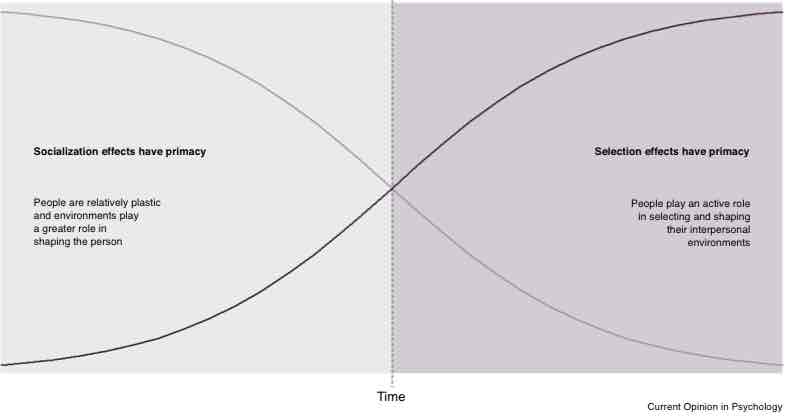Social and personality development - articles
1/18
There's no tags or description
Looks like no tags are added yet.
Name | Mastery | Learn | Test | Matching | Spaced |
|---|
No study sessions yet.
19 Terms
Ontogenetic adaptations
serve an adaptive function at a specific time in development and disappear when they are no longer functional
Deferred adaptations
serve to prepare infants and children for life as an adult or for the acquisition of important skills that will be useful throughout life
conditional adaptations
in which current con- ditions serve as a cue to future environments
infantile reflexes
can be viewed as a ontogenetic adaptations
neonatal imitation
matching the facial gestures of a model
→ ontogenetic adaptation (to foster interactions)
reasons to consider neonatal imitation as an ontogenetic adaptation
decrease after 2 months
associated subcortical brain areas (unlike real imitation)
overestimation of abilities in childhood
enhanced self-efficacy → improvment
the strongest preparator of infant attachment
parental state of mind regarding attachment
effective intervention (Dozier)
focusing on parental sensitivity and initiated after ~ 6 months
intervention strategies designed to foster secure attachment style
1) strategies that target parental sensitivity
2) strategies that strive to alter parental representation with respect to their own histories of caregiving
intervention for disorganised attachment
targeting the reduction of atypical caregiver behaviour (no relation to caregivers sensitivity)
Effects of low income family
less secure attachment
higher levels of negative mood an inattention
lower levels of prosocial behaviour
links between low family income and behaviour problems
substance abuse
genetic differences
exposure trauma
→ more research to identify which correlates are the most amenable to intervention efforts
improving economic status
may not reduce behavioural problems in children on promote their psychosocial development
helps improving cognitive development (no social and behavioural adjustment)
people who are relatively secure are more likely to
be committed to their relationships,
be more supportive and engaged parents,
report fewer depressive symptoms,
be able to adapt to stressful events in constructive ways
NICHD Study of Early Child Care and Youth Development
At age 18 assessment the children’s attachment styles
those who were insecure at age 18 were more likely - to have had less supportive parenting and to have had lower quality friendships
socialization-selection asymmetries in development

implication of socialization-selection asymmetries
people are more malleable early in life than later
stability will be higher later in life than earlier
attachment styles in adulthood
may be better understood with respect to recent interpersonal experiences rather than distal ones alone